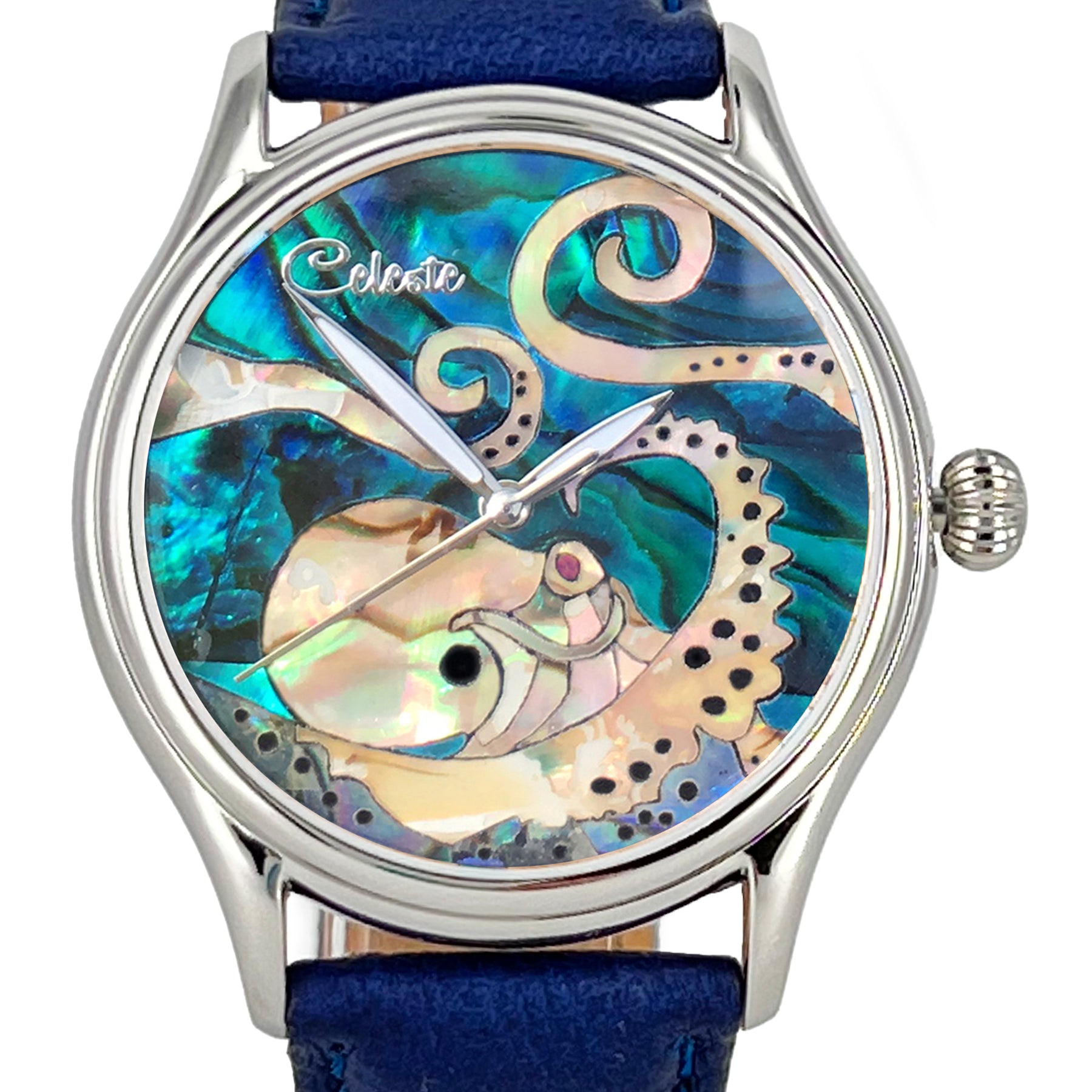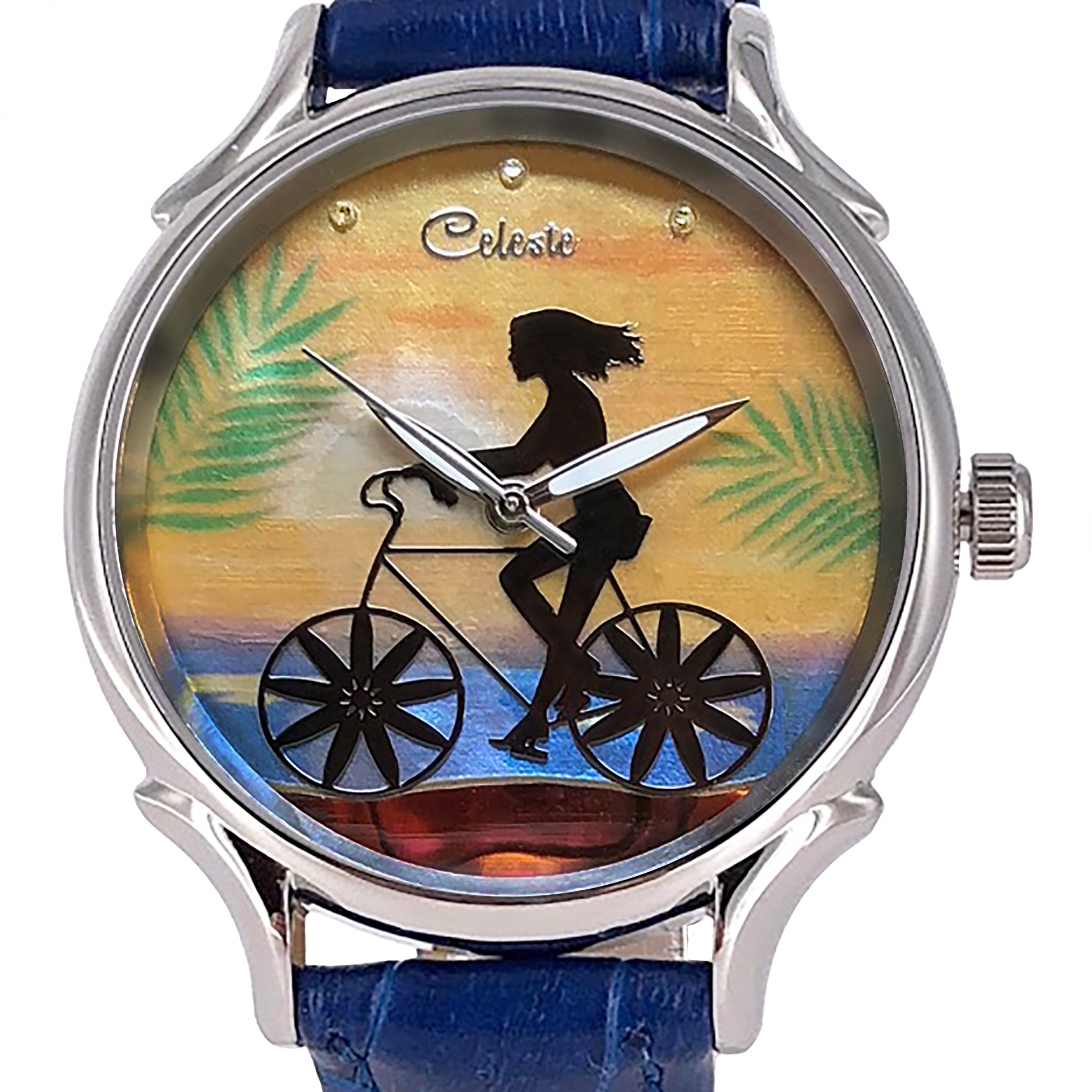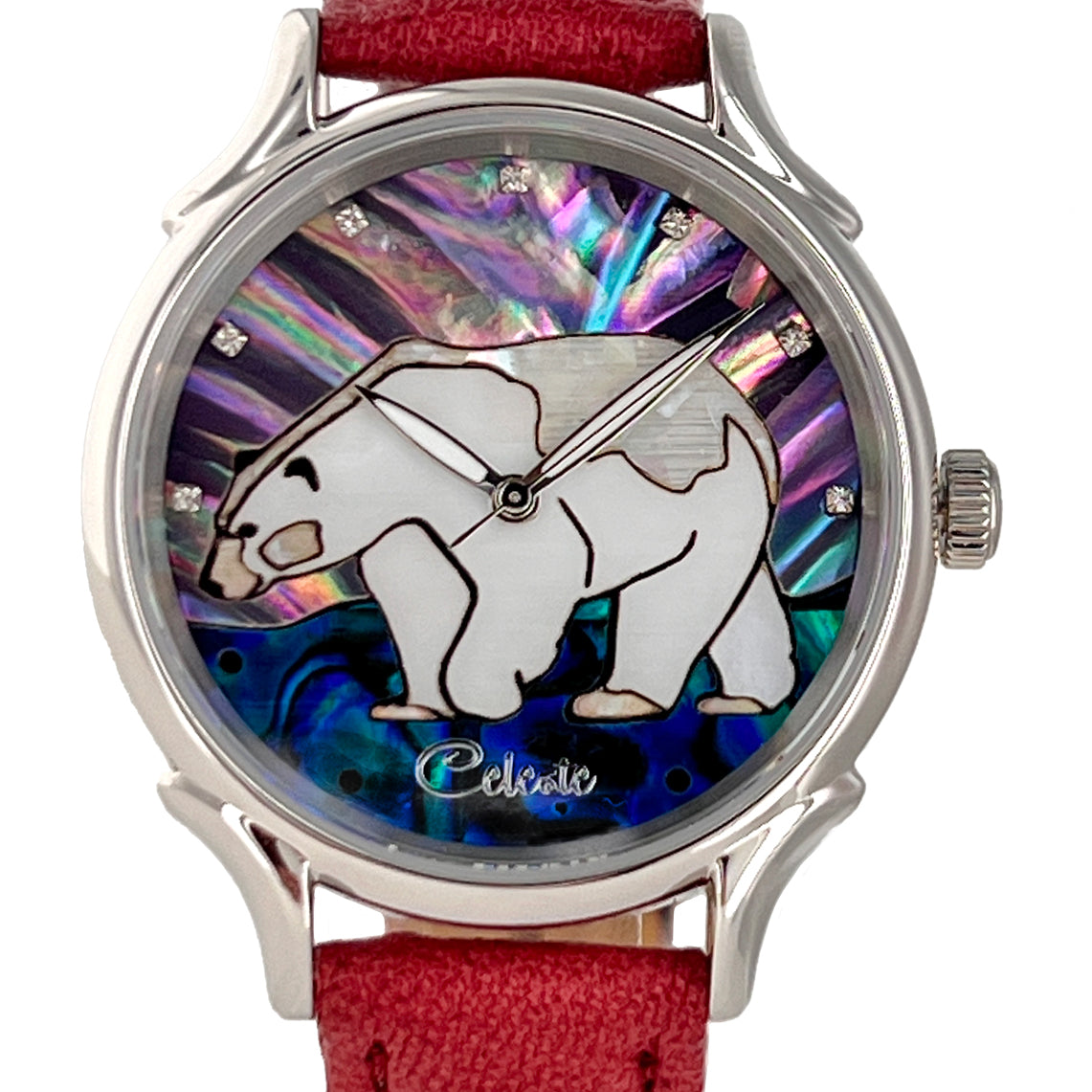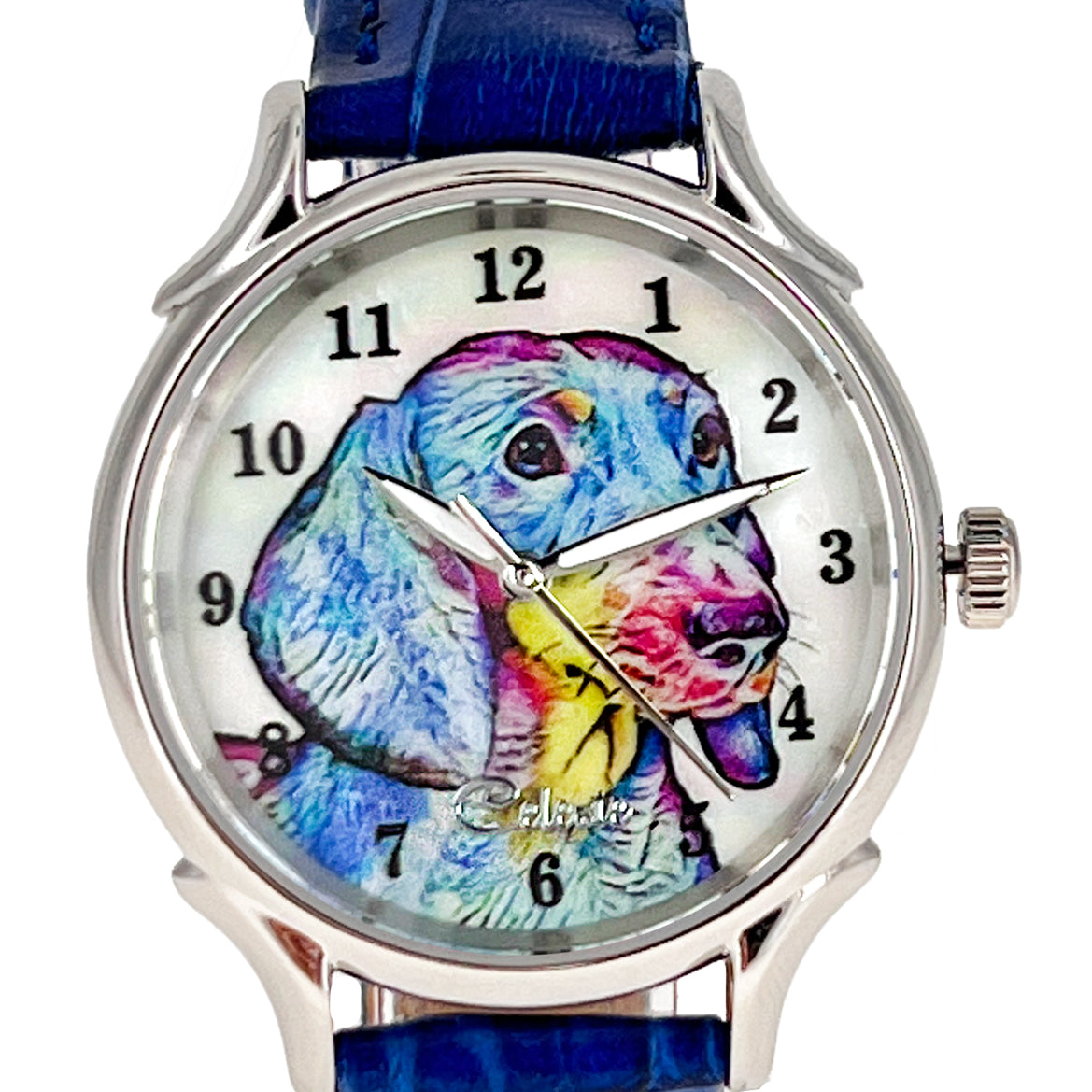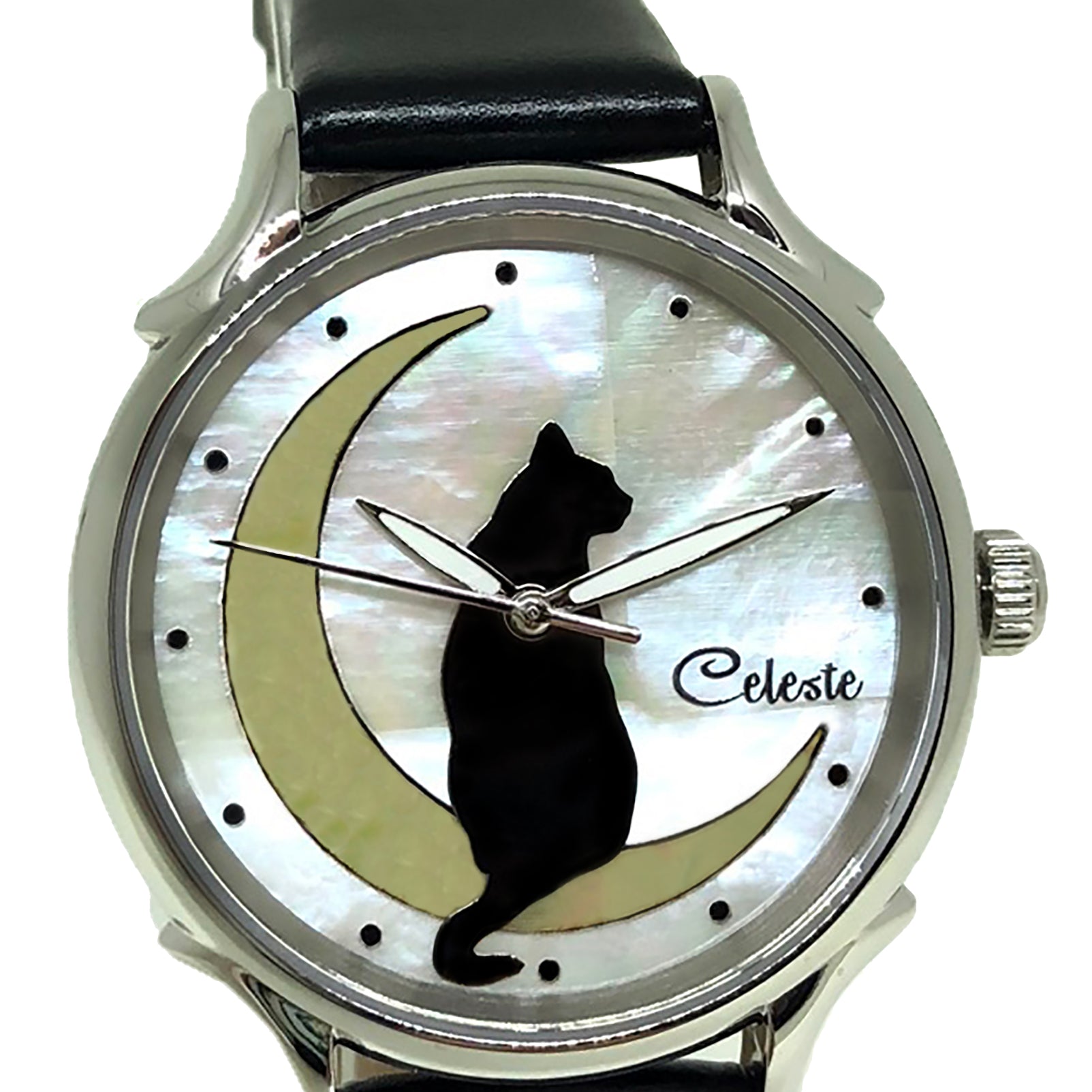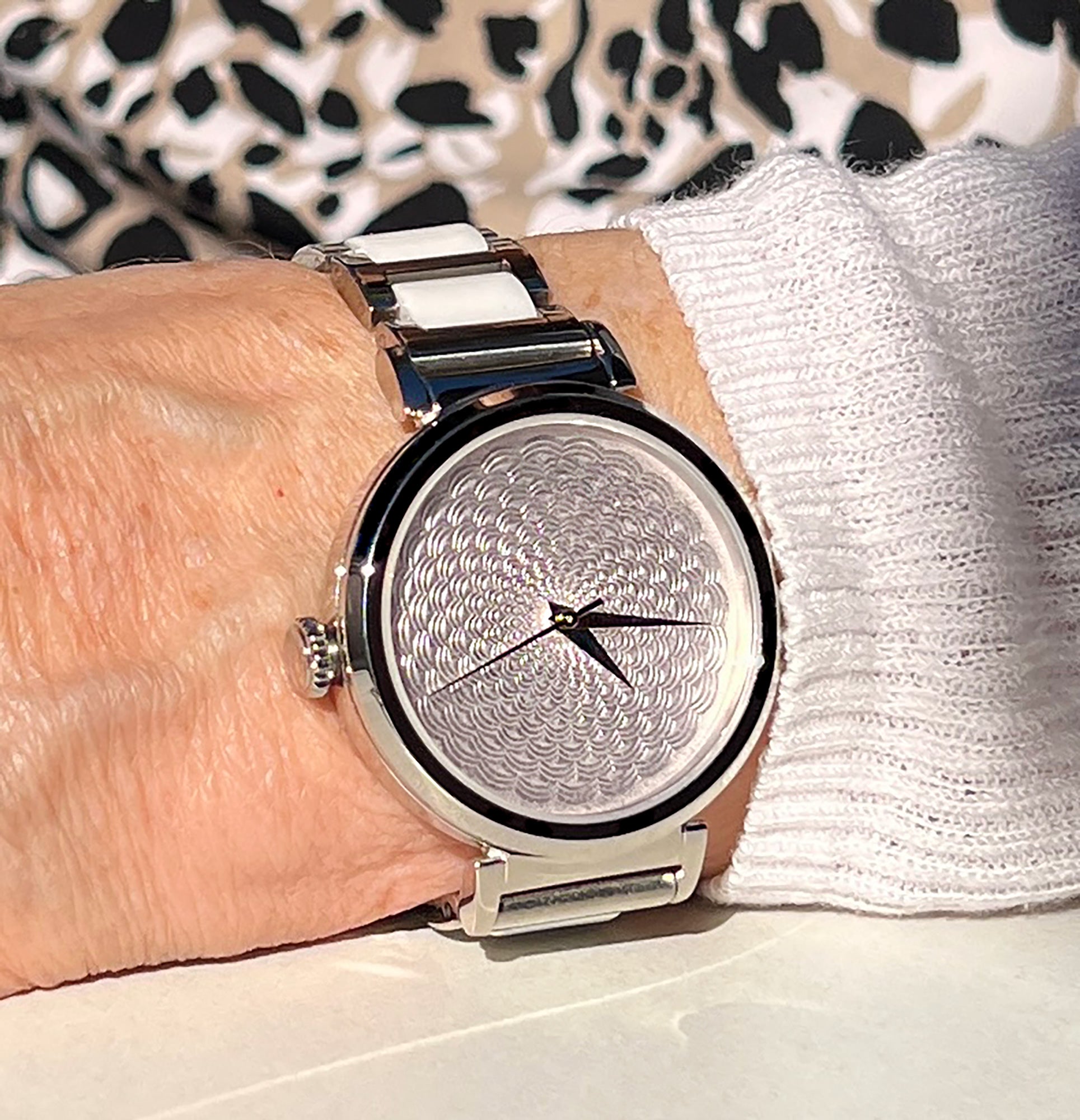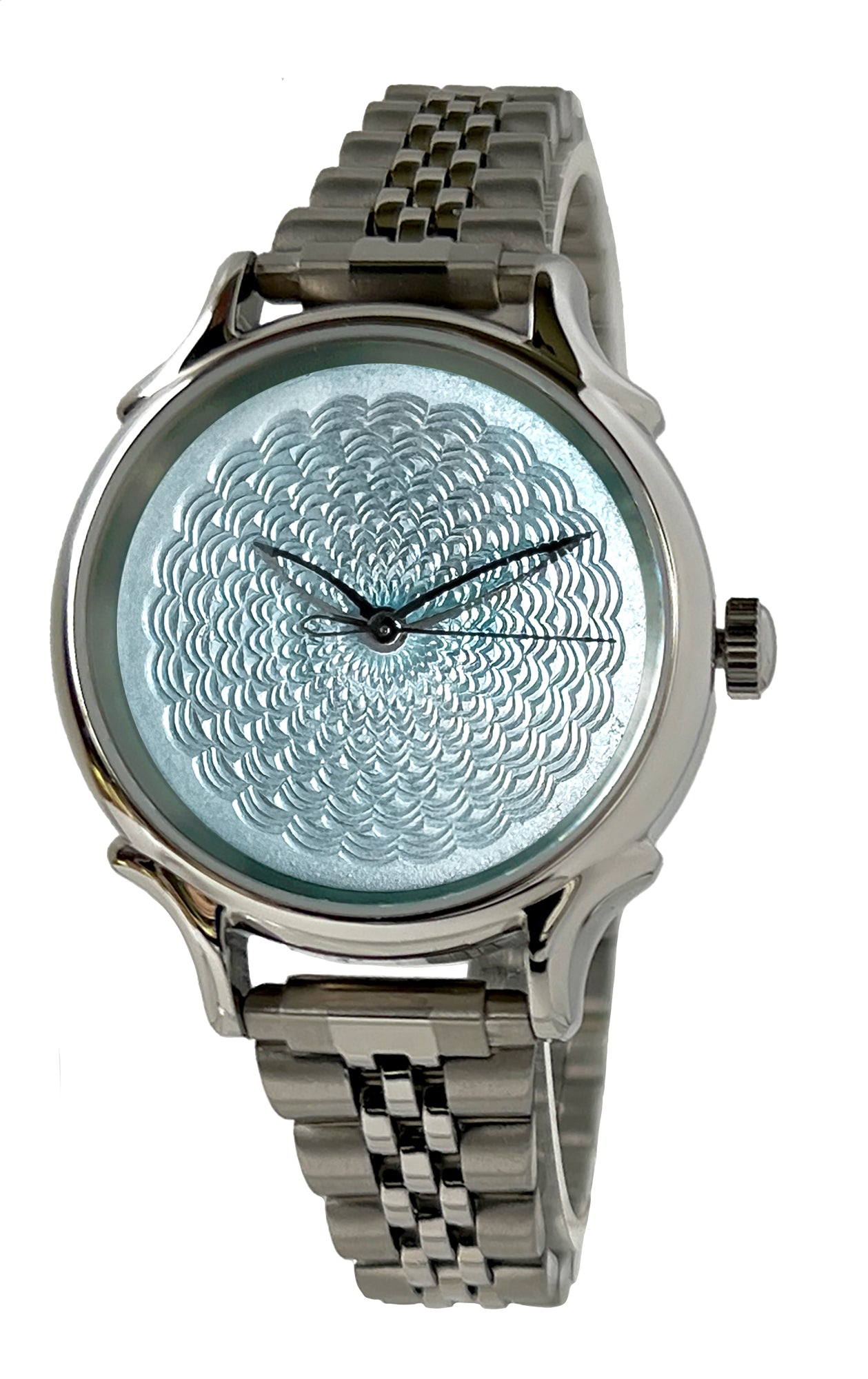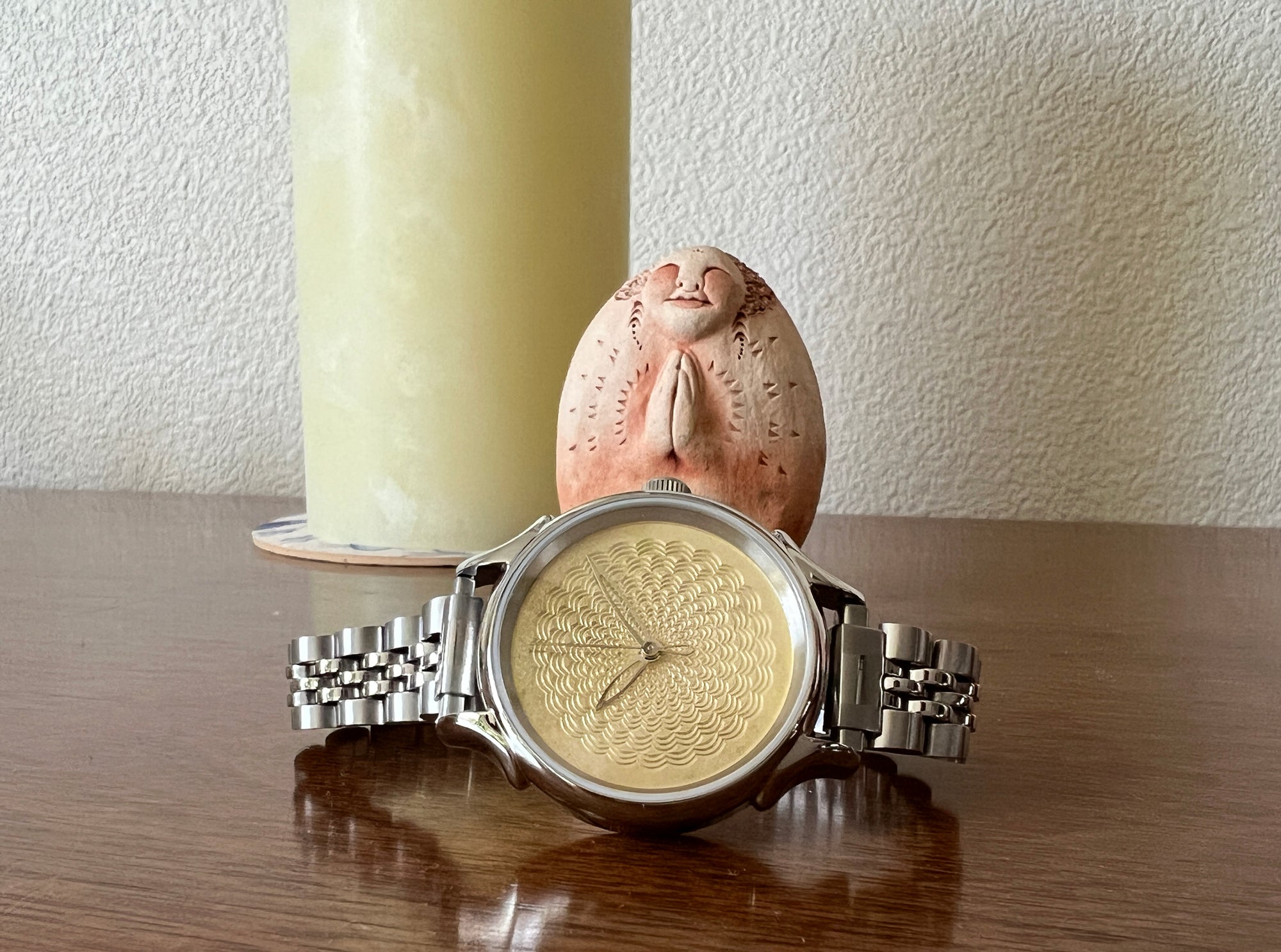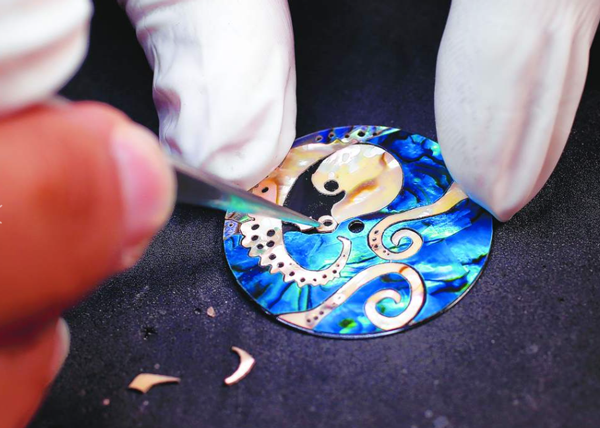The Art of Guilloché

Guilloché is an intricate decorative technique that involves engraving fine, repetitive patterns into a metal surface (like a watch dial), typically using a hand operated rose engine lathe that was developed in the 1700s and then refined during the 18th and 19th centuries, particularly in England, France, and Switzerland. Essential for intricate designs on watch dials, coins, snuff boxes, and royal giftware, the patterns can range from simple geometric designs to highly complex swirling motifs and are often used in jewelry, watchmaking, and other engraveable luxury items.
In the context of watchmaking, the guilloché technique is usually applied to the watch dial, creating a textured, almost three-dimensional appearance that catches and reflects light beautifully. The intricate designs are visually captivating and often interact with light in fascinating ways, creating a dynamic, almost hypnotic effect that is pleasing to the eye.
This process requires exceptional skill, as the engraving needs to be precise and uniform to achieve the desired effect. With each piece turned by hand, this is no small accomplishment.
The result is a stunning, refined pattern that adds depth and artistry to the timepiece, elevating it to an exemplary work of art.
Each guilloché pattern is unique, especially when done by hand. No two engravings will ever be exactly the same. Each timepiece is individual, has its own character and is one of a kind.
By continually pushing our artistic boundaries, we are playing a mind-full role in preserving and revitalizing métiers d’art within the watchmaking industry and hope to continually contribute to keeping this tradition alive.

